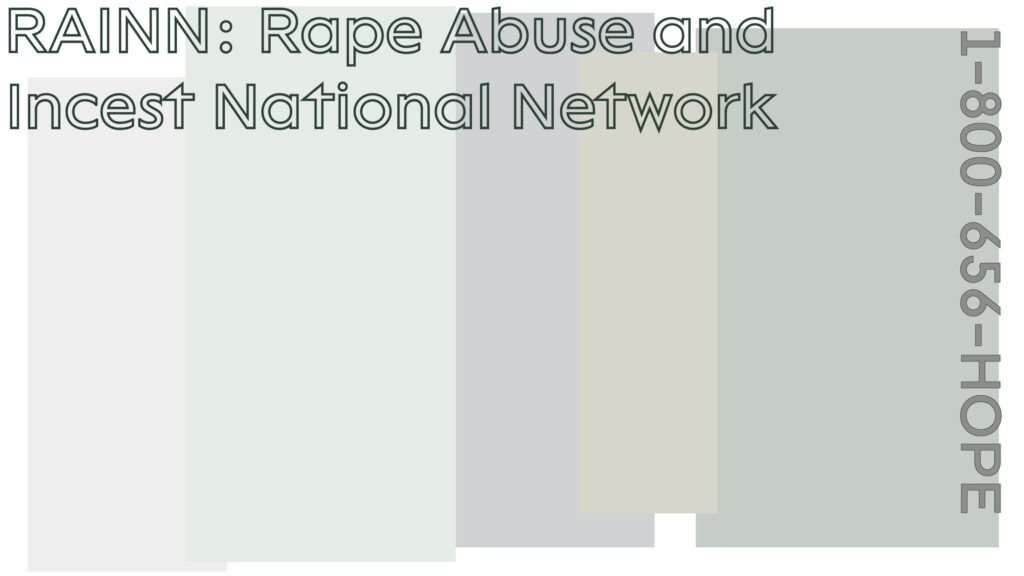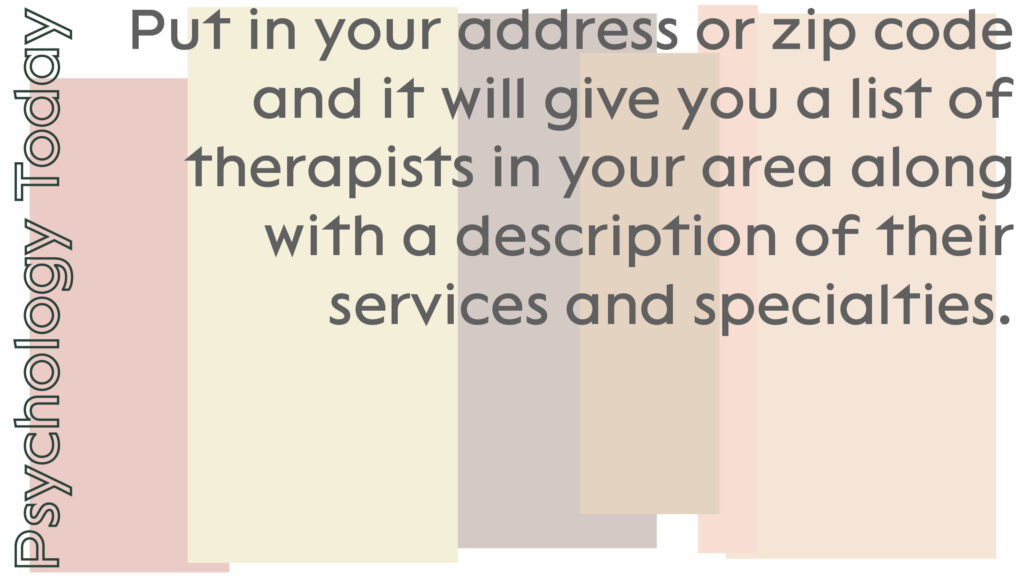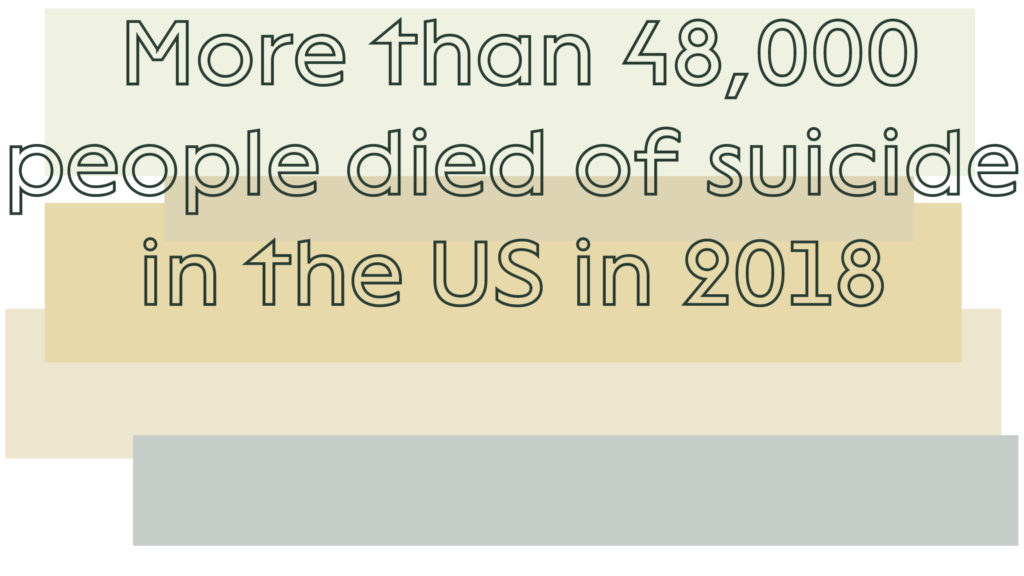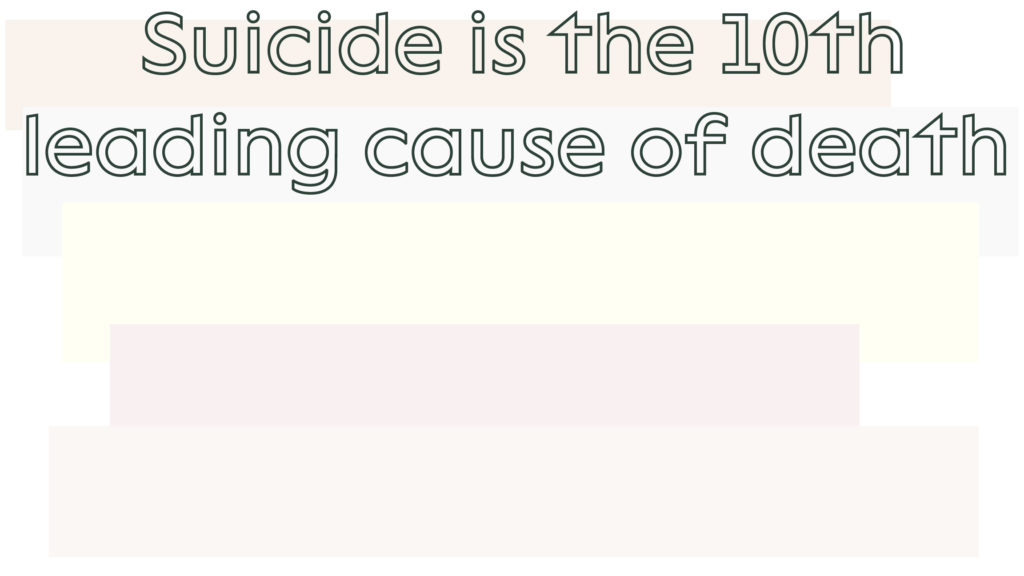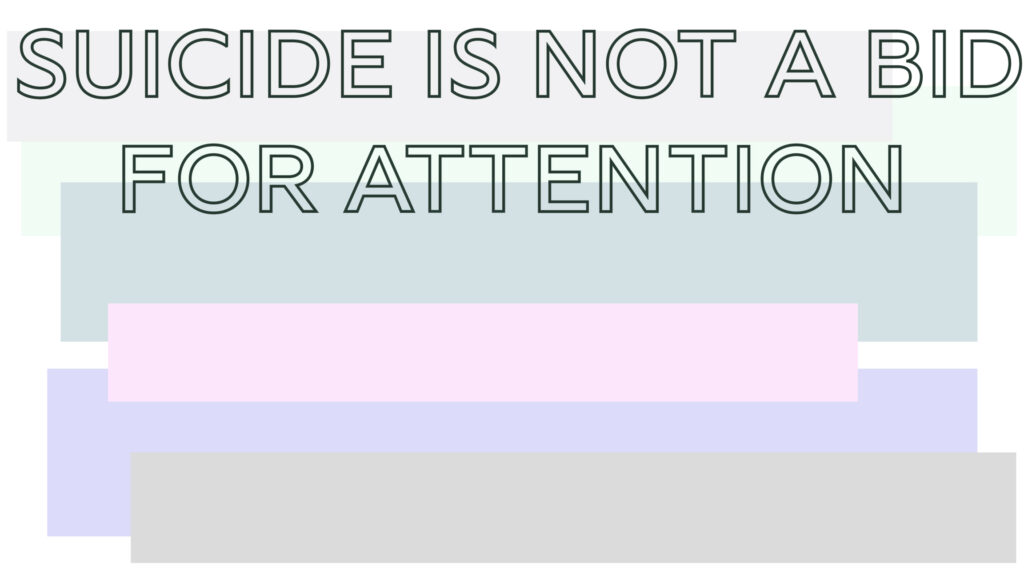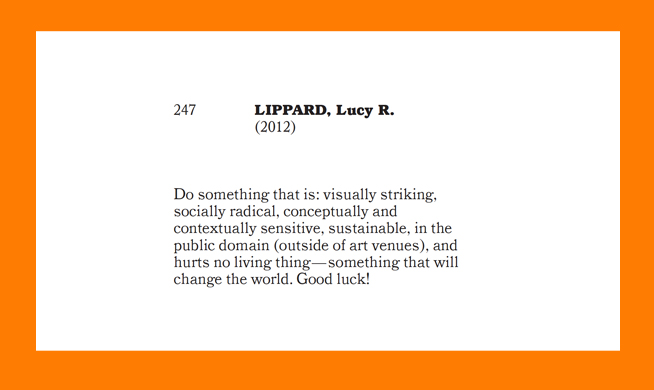Lucy R. Lippard
Enacted by Kaitlyn Nichols with design assistance from Kelly Hendrickson. Save any of the below Zoom backgrounds to use in meetings or class to kickstart conversations about mental health, remind people they are not alone and share critical resources.
Below, you can read a Q&A between MoFA Program Coordinator Annie Booth and intern Kaitlyn Nichols. Kaitlyn speaks about completing Lucy R. Lippard’s instruction and how she chose her interpretation.
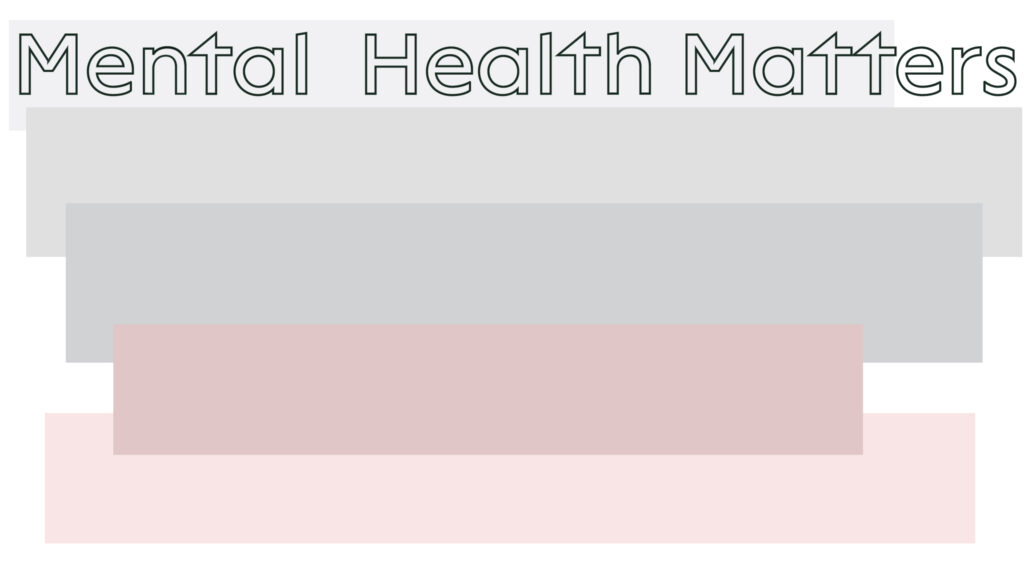
AB: Kaitlyn, can you start by introducing yourself and explaining your relationship to MoFA and do it?
KN: My name is Kaitlyn. I am a senior majoring in art history with a minor in museum studies at FSU. This fall, I was an intern at MoFA.
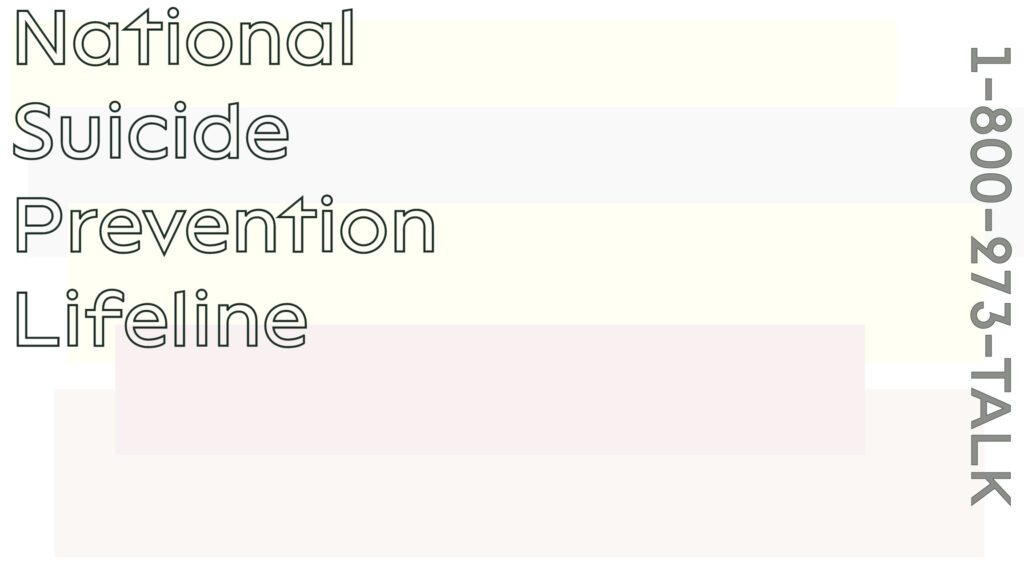
AB: From all of the artists’ instructions, you were drawn to Lucy Lippard’s; what led you to choose her instruction to enact?
KN: To be honest, contemporary art is not my area of interest, so the work in do it was out of my usual scope. I had a hard time understanding some of the instructions, but the one by Lucy Lippard was easy for me to understand. When I first read the instruction, I immediately started brainstorming in my head on how to implement her words. I knew it was the one I wanted to enact.
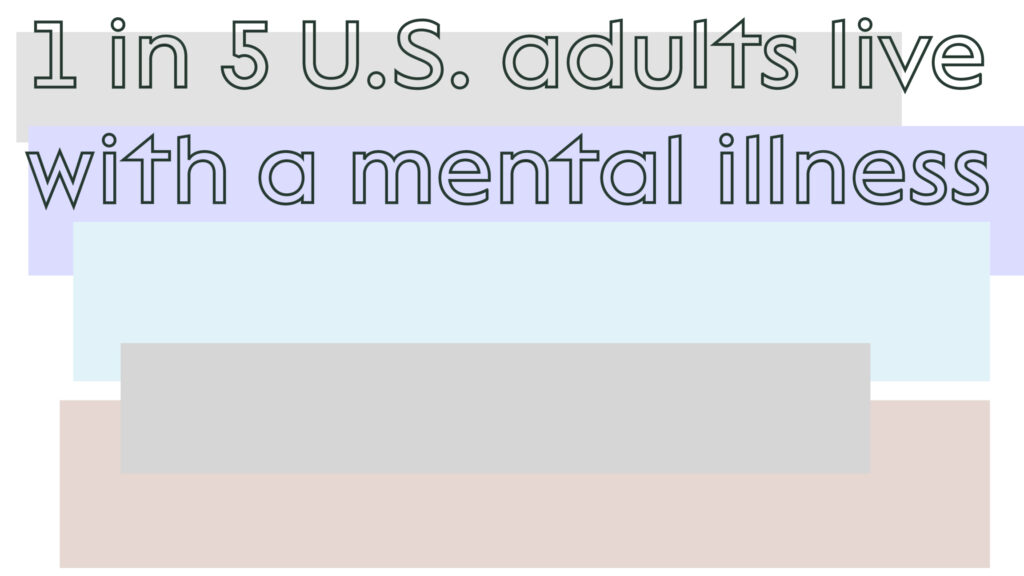
AB: During the semester, you did a bit of research on Lucy Lippard. Was there anything surprising you learned? Were you familiar with her work previously?
KN: Lucy Lippard is an art critic and curator, often focusing on feminism and the dematerialization of art. She has curated many conceptual art exhibitions and is friends with many of the artists in the exhibition. I had never heard her name before this project, so it allowed me to learn more about her work.
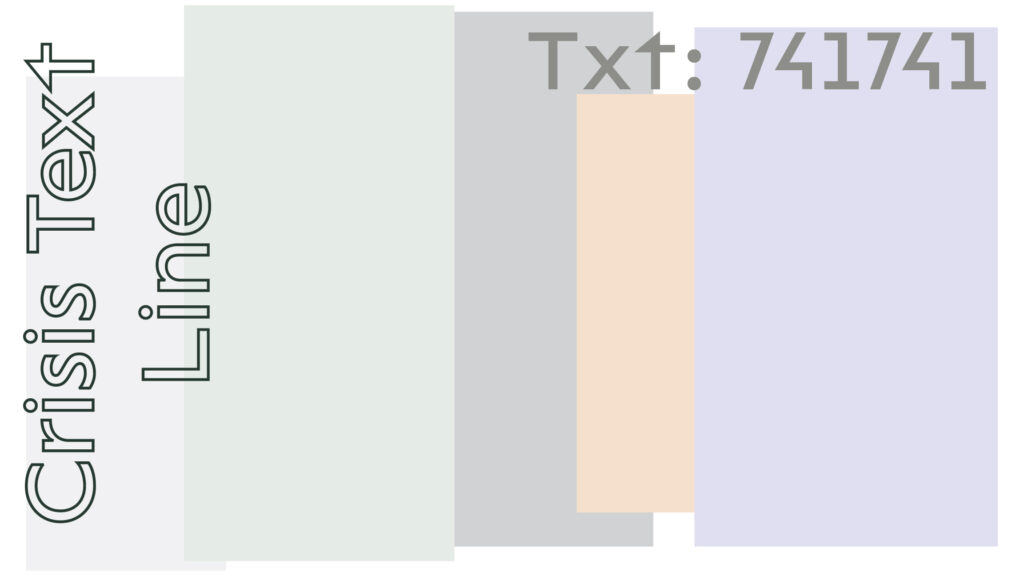
AB: The instruction requires an action that is “visually striking, socially radical, conceptually and contextually sensitive, sustainable, in the public domain (outside of art venues), and hurts no living thing.” Was it challenging to work with an instruction that is so open-ended and yet specific?
KN: Yes, this instruction was definitely a challenge. Initially, I wanted to do something more conceptual. The goal was to create a box where people from all over campus could submit stories about their journeys. At the end of the exhibition, we could destroy the anonymous stories inside the box as a symbolic gesture of letting go and moving on. Unfortunately, due to the pandemic, we could not implement the original idea. There were too many unknown variables.
So, we pivoted to a safer option, Zoom backgrounds. Zoom backgrounds allowed us to create something that could be visually striking and exist safely in the digital space. They are sustainable because the backgrounds can be downloaded from the internet for personal use, requiring no physical materials. And it is contextually sensitive because using a Zoom background in a meeting or class may lead to much-needed conversations about mental health or let someone know they are not alone.
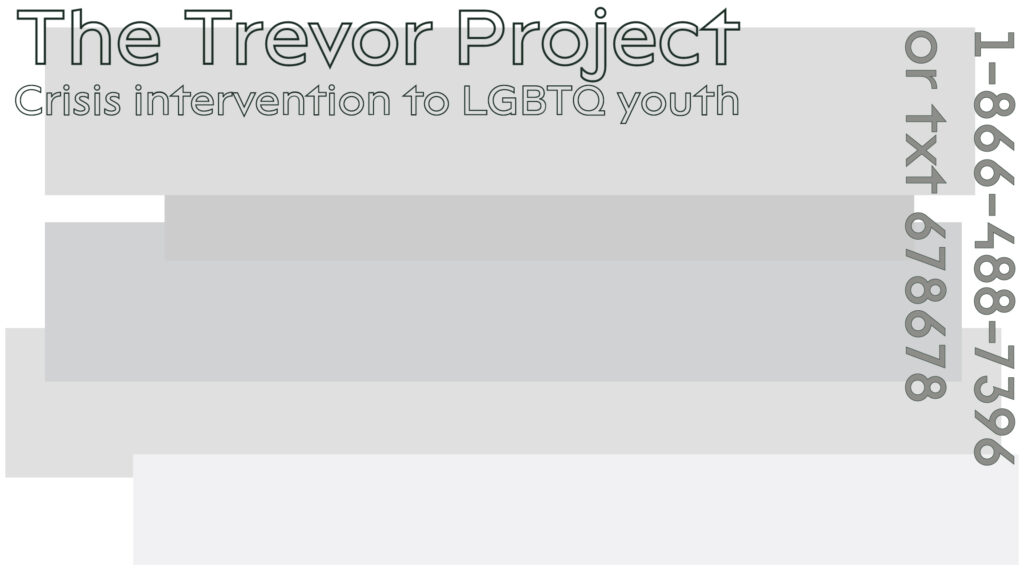
AB: What led you to want to focus on mental health awareness? Do you feel like your interpretation fulfills the brief?
KN: Mental illness is something I have struggled with since middle school. I have anxiety that can be debilitating at times and can cause periods of depression. I watched family members go in and out of the hospital and going to weekly therapy. Mental health is something I want people to understand. It is not something that you can turn off, and it is a daily struggle. There is a stigma attached to mental illness; for example, people who misunderstand it can assume that those who struggle with mental illness are faking their symptoms. I wanted to create something that started a conversation. Ignorance is why people act the way they do. My conceptually sensitive interpretation fits the brief, and although things have improved in terms of mental health resources, there is still work to do.

AB: Finally, what do you hope people take away from the project? How can we help raise awareness and support those struggling with their mental health on a daily basis?
KN: The main thing I want people to take away from the project is that mental illness exists and that there are resources and people you can talk with to feel better. It is crucial to get information out there that educates rather than belittles. My hope is that when people use these Zoom backgrounds, they will spark conversations about mental illness and mental health and what they can do to help their peers and loved ones. Many mental illnesses make people feel like they are alone. I hope that these backgrounds make them feel like they are not alone. Just be there for your friends and family. Talk to them. Don’t try to understand their brain; just let them vent.
Additional Zoom Backgrounds:

